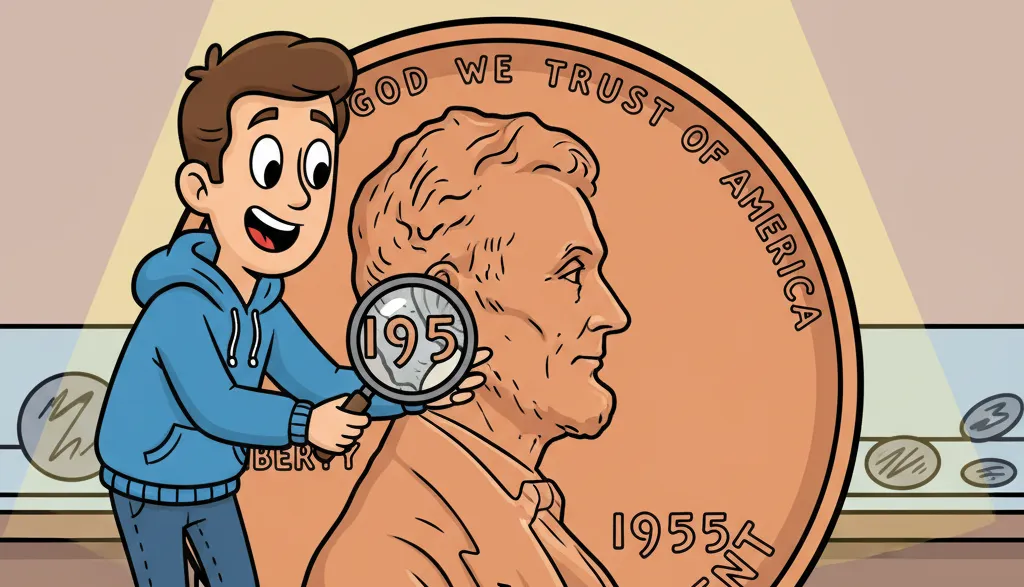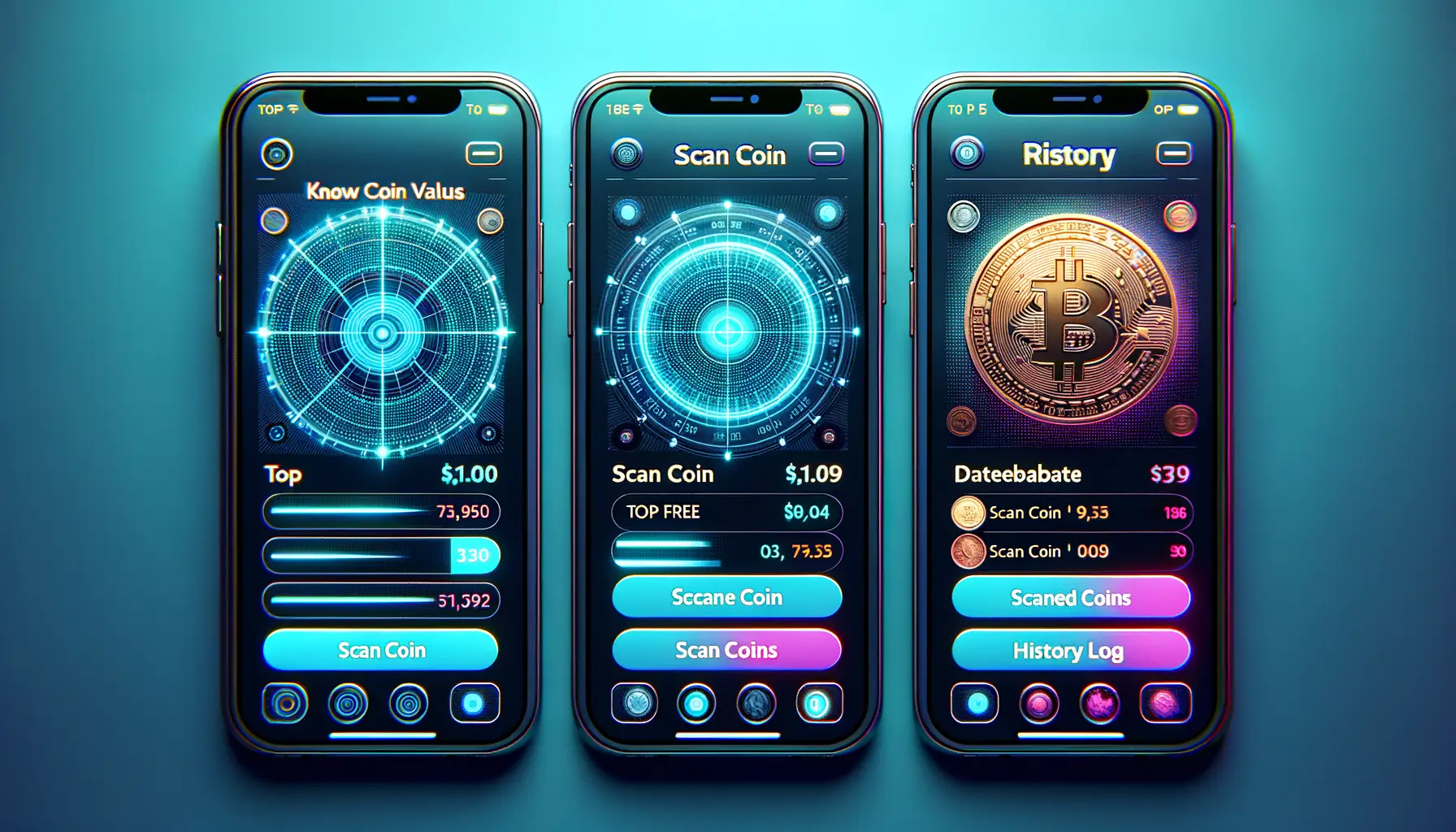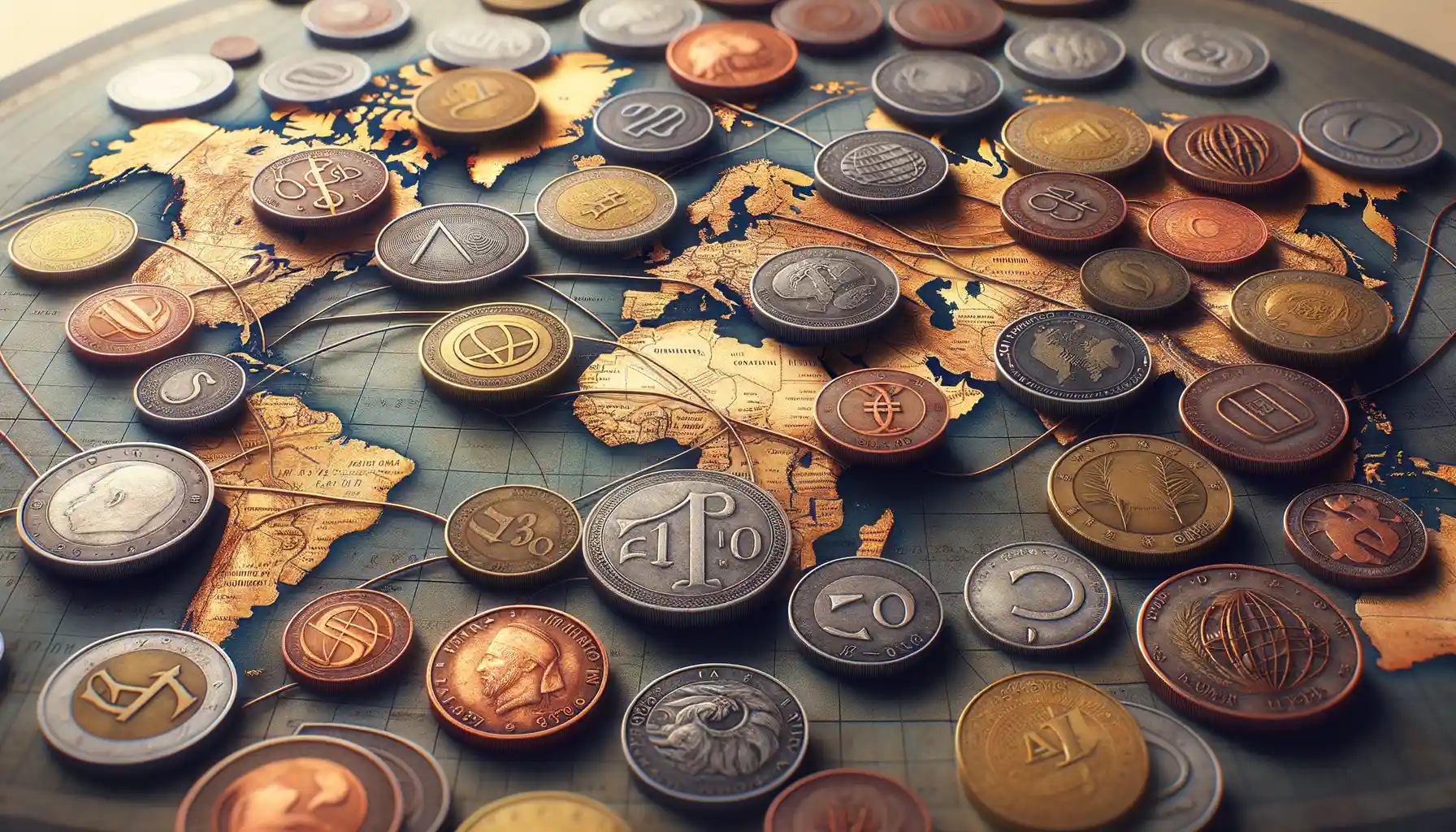The Historical Significance of Coinage in Nation-Building
How Coins Became Cornerstones of National Identity
Picture this: a small, weathered coin clinking into the palm of your hand. It’s not just metal. It’s a piece of history, a storyteller, a tiny ambassador for a nation. Coinage has long played a pivotal role in shaping and solidifying nations, binding their people with shared symbols, legacies, and ambitions.
The first coins didn’t simply resolve trade hassles. They carried the emblems of cities, kingdoms, and empires—an early form of branding, if you will. Think of ancient Rome, spreading its might and ideals not only through armies but also with coins stamped with the profiles of esteemed emperors. These coins didn’t just stay home; they traveled, whispered tales of power, and cemented the idea of a unified realm.
- Monarchs often used coins to assert their dominance, stamping their portraits as a reminder of who ruled the land.
- Colonial powers replaced local currencies with their own, symbolizing control and assimilation.
From village markets to royal treasuries, coinage has been a quiet but constant force in forging national identity.
Symbolism and Art on Coins as a Reflection of Identity
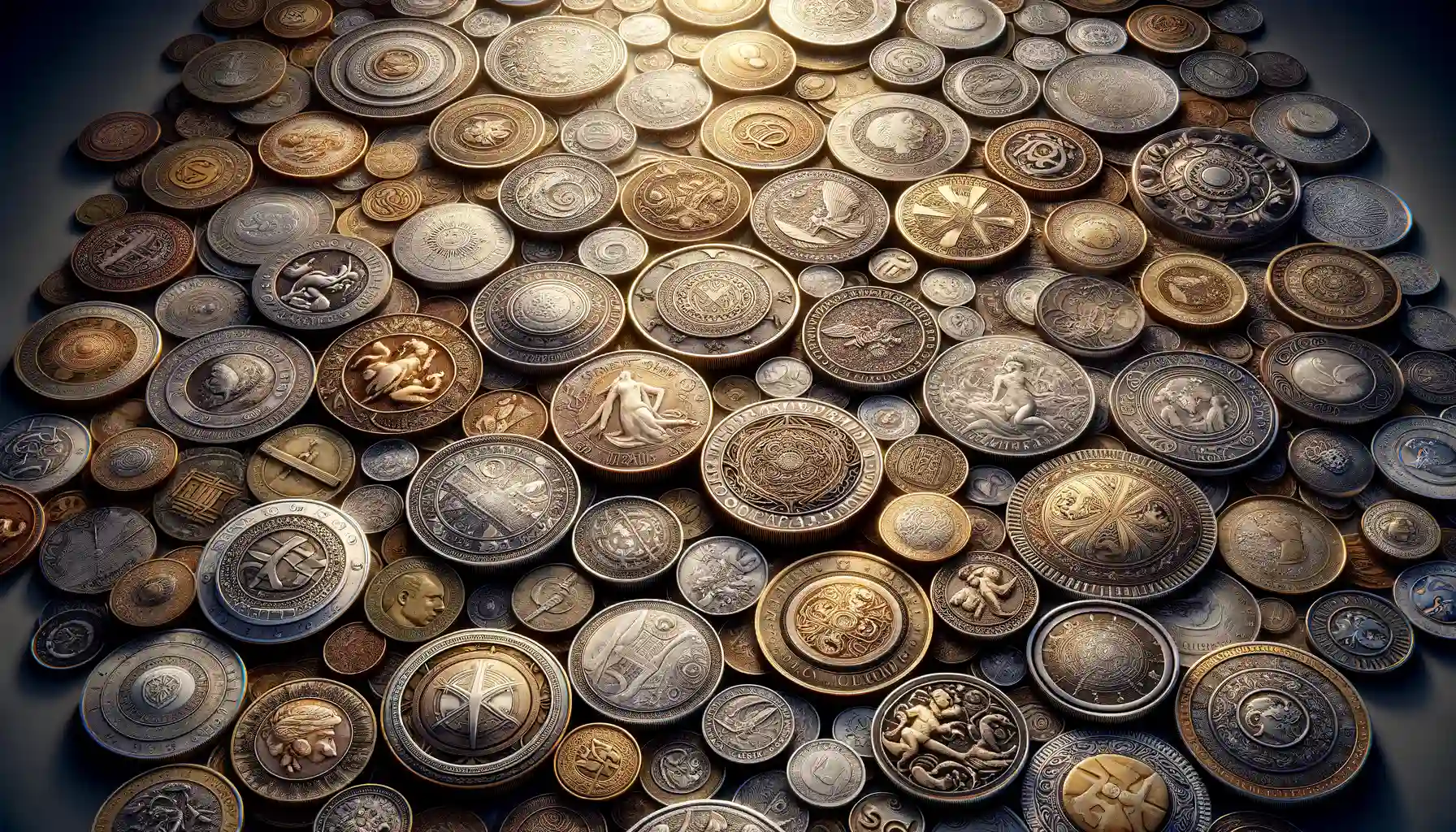
The Stories Coins Tell Through Their Designs
Have you ever held a coin and wondered what it’s trying to tell you? Look closer. Coins are more than just jingling pieces of metal in your pocket—they’re miniature artworks, carefully crafted to whisper stories of culture, pride, and history.
Take, for instance, the iconic maple leaf etched on Canadian coins. It doesn’t just symbolize a plant; it evokes the country’s vast wilderness and unyielding connection to nature. Or the intricate patterns of Arabic calligraphy adorning coins from the Middle East, weaving together threads of artistic tradition and reverence for heritage. Every detail—from the emblem to the font—feels intentional, like a nation signing its name with flair.
- Animals: The buffalo on early U.S. nickels reflects untamed spirit and the American frontier.
- Mythology: Greece’s drachma once featured gods and goddesses, tying currency to divine roots.
- Icons of leadership: Monarchs, presidents, and visionaries carved into coins remind us of who shaped history.
Why Symbolism Matters
Symbols on coins aren’t random decorations. They act as declarations of identity, like a country wearing its heart on its sleeve. When Italy chose Da Vinci’s Vitruvian Man for their euro design, they weren’t just showing off art—they were letting the world know: “Innovation and beauty run in our blood.”
And let’s not forget the emotional power these designs hold. For locals, they’re a source of pride, a daily reminder of shared roots. For travelers, they serve as pocket-sized introductions to a nation’s soul. Who knew a coin could speak such volumes without uttering a single word?
Economic Implications of National Currency Design

The Ripple Effect of Currency Design on Trade and Perception
When you hold a coin in your hand, its design speaks volumes—far beyond mere aesthetics. The truth is, the way a national currency is designed has a direct impact on the economy, shaping how the country is viewed both at home and abroad. It’s not just money; it’s a miniature ambassador.
Imagine a poorly crafted coin that seems flimsy or generic. What message does that send? To international investors, it whispers doubt about the nation’s stability. Conversely, a well-designed, durable currency communicates confidence and order. Take Switzerland’s sleek, modern banknotes or Japan’s detailed yen coins as examples—they evoke trust and respect.
Currency design choices can affect business and tourism:
- Unique designs, like Canada’s multi-colored bills or Mexico’s commemorative peso coins, attract tourist admiration and even collection.
- A distinctive look reduces confusion, reinforcing the identity of the currency in global markets.
What’s interesting is how seemingly small design details—like anti-counterfeiting patterns or the inclusion of braille—can breathe life into a nation’s financial health. Beyond functionality, these designs connect with people emotionally, creating a sense of pride and ownership that can spill over into economic participation. Yes, currency can literally move people—and their wallets!
The Role of Coinage in Modern National Culture
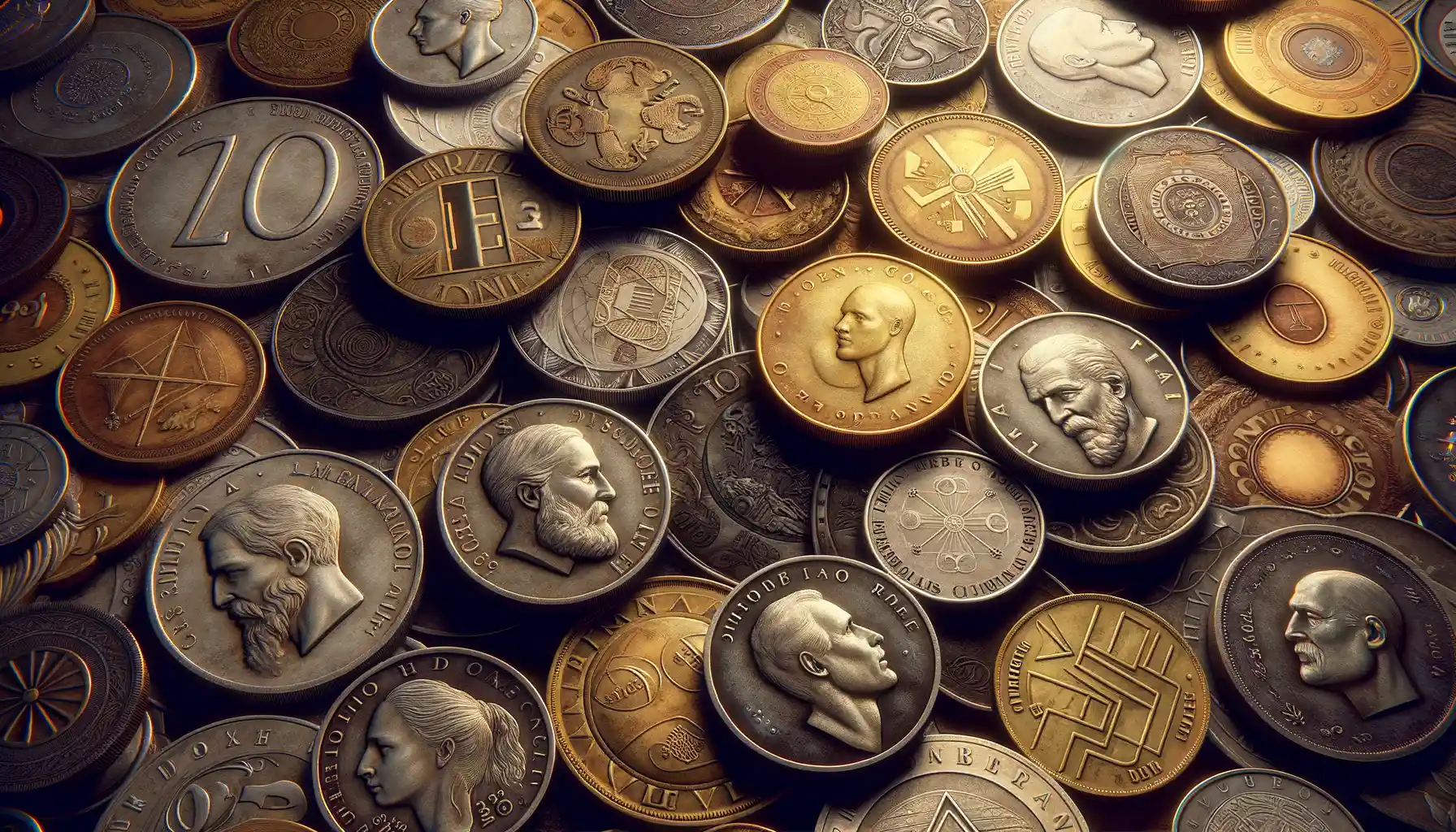
Coins as Everyday Storytellers
Imagine this: Every time you reach into your pocket or purse, you’re holding a piece of history. A coin isn’t just a lump of metal—it’s a tiny ambassador of national culture. In the hustle of the modern world, it’s easy to overlook these objects we handle daily. But think about it: who decided what goes on those coins? And why?
Take a closer look, and you’ll find that modern coin designs still speak volumes about a nation’s pride, struggles, and aspirations. For one country, a coin may showcase a revolutionary hero. For another, a rare indigenous animal. Coins are where art and identity collide, forming tangible connections to a collective past while whispering stories of a shared future.
- Ever noticed how some nations use coins to celebrate national achievements, like space exploration or sporting glory?
- What about limited-edition coins marking anniversaries or cultural milestones? They’re like mini time capsules, brimming with meaning.
The best part? These stories aren’t locked behind glass in a museum—they’re out there, jingling in purses, resting on café counters, or being tossed into fountains with wishes attached. Isn’t that extraordinary?
More Than Just Spare Change
In today’s digital age, where mobile payments dominate, the very existence of physical coins might seem archaic. Yet, they maintain a unique relevance. Why? Because they go beyond monetary value; they become keepsakes, emblems of heritage, even symbols of unity during crises.
Think about commemorative coins issued after natural disasters or during national recovery efforts. These aren’t just currency—they’re solidarity etched in metal, a reminder that a nation can weather any storm together. Coins, in their quiet yet steadfast way, embody the soul of a people.
So the next time a coin finds its way into your hand, take a moment. Feel its weight. Trace its design. You’re holding more than spare change—you’re holding a story.
Global Perspectives on Currency and Identity
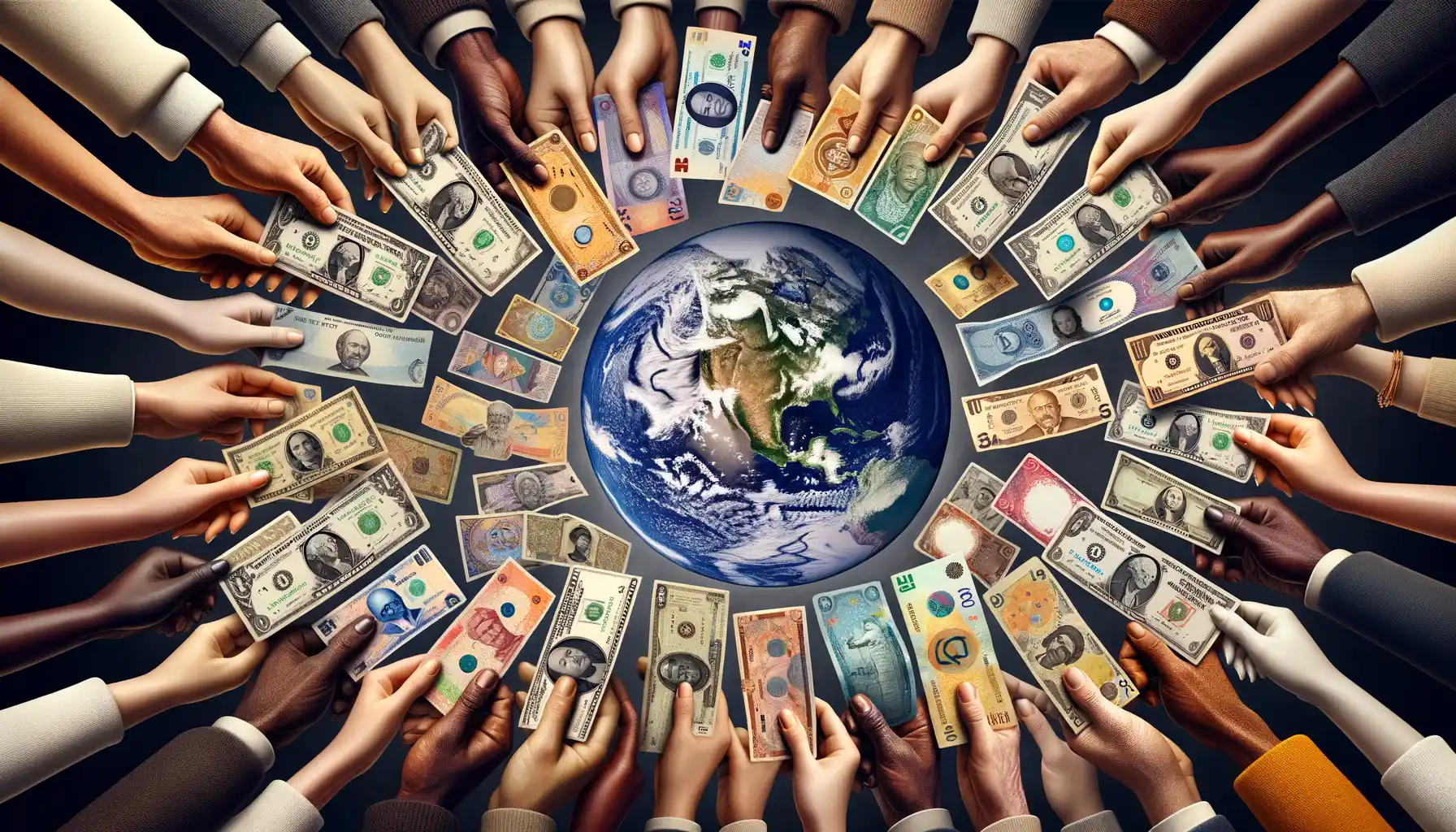
How Culture Shapes Coinage Across Borders
Money isn’t just a medium of exchange—it’s a storyteller, a cultural ambassador tucked into wallets and pockets around the world. Each coin carries whispers of a nation’s soul, from its triumphs to its struggles. Take Japan’s 5-yen coin, for example: its center is punched out, symbolizing prosperity through agriculture, fishing, and industry. That gap in the middle? It’s not just hole-punching; it’s a deliberate design steeped in meaning.
Meanwhile, consider the euro. A single currency for multiple nations, yet its coins cleverly dance between unity and individuality. One side features shared imagery representing European cooperation, while the other side proudly showcases national icons. Spanning 19 countries, the euro becomes a patchwork quilt of identities stitched into metal.
Then there’s the intricately decorated Indian rupee, with its vivid depictions of historical figures like Mahatma Gandhi and symbols like the Ashoka Pillar. It doesn’t just pay for chai or train tickets; it reminds you of an ancient civilization alive and thriving in modernity.
- What stories do your coins tell? Is their message one of progress, nostalgia, or hope for the future?
- How do we hold these tiny mirrors of culture and identity without even realizing their weight?
The Wild Contrasts of Global Currency Design
Around the globe, the philosophy behind currency design shifts wildly, like the notes themselves in an open-air market. In Sweden, where cash is vanishing fast, their minimalist krona coins reflect a functional simplicity—clean, no-nonsense, unfussy. But then you land in Mexico, and bam! The peso explodes with vibrant visual language, showcasing Aztec Sun Stones and revolutionary leaders. The difference is striking, almost like comparing chalk to fireworks.
Even color tells a story—while the U.S. sticks to its famously stoic greenbacks, countries like Australia revel in bold purples and sunny yellows on polymer bills. And what about Rwanda’s Franc? Its coins feature motifs of agriculture and wildlife, subtly tying financial transactions to the heartbeat of the nation’s economy.
In every country, coins are more than loose change; they’re fragments of identity, relics of pride, and sometimes, understated declarations of resistance. Can you imagine how much history jingles in your pocket?

